In a ceremony held on Tuesday morning in the presence of Iran’s Defense Minister Brigadier General Mohammad Reza Ashtiani, IRGC Navy Commander Alireza Tangsiri and Deputy Commander of the Iranian Army Navy Admiral Hamzeh Ali Kaviani, Abu Mahdi naval cruise missile which has been developed by military experts at Aerospace Industries Organization (AIO), joined the navies of the country's Army and IRGC.
The missile has been named after the former deputy head of Iraq’s Popular Mobilization Units who was assassinated along with top Iranian anti-terror commander Lieutenant General Qassem Soleimani in a US drone strike ordered by former President Donald Trump near the Baghdad International Airport in early January 2020.

It is said to have a range of over one thousand kilometers, and can destroy any designated target. The missile is also capable to be launched by diverse types of sea, land and air platforms towards targets.
The missile can pass over natural and artificial barriers, as well as the enemy’s radar and defense systems and strike designated targets from different directions.
Due to the incorporation of highly destructive explosive materials in its warhead, Abu Mahdi can destroy all types of ships, frigates, and destroyers.
It can be fired from the depths of the Iranian soil toward moving targets in the sea using an advanced integrated navigation system and a powerful propulsion system.
Abu Mahdi is the first long-range naval cruise missile in Iran that uses dual-mode active and passive seekers.
The technology enables the missile to counter the enemy’s electronic warfare and increases its stealth capabilities when approaching the target and hitting it. All this happens with the enemy not having noticed the missile and missing the opportunity to give a timely response.
Its launcher can load and fire missiles in the shortest possible time and can launch several projectiles in quick succession and from different directions toward a specific target, with the missiles hitting the designated target all at once.
The missile can be fired from all types of mobile and fixed launch pads, and its navigation system is capable of updating the target’s final position during the cruise.

The Iranian defense minister said the indigenous Abu Mahdi missile will increase the country’s naval defense range by several times.
Speaking at the ceremony, Brigadier General Mohammad Reza Ashtiani said that the missile, with a range of 1,000 kilometers, enjoys pinpoint accuracy and very high destruction power, can cross geographical barriers and cruise at low altitudes, is radar-evading and can counter the enemy’s electronic warfare, and employs artificial intelligence in its flight path design software.
“With the mass production of Abu Mahdi missile, we will be able to fire at the enemy’s moving targets in the sea from the depths of the Iranian soil and entirely hidden places at the maximum operating pace, and completely destroy the enemy’s ships, frigates and destroyers,” he said.

Commander of the IRGC Navy Rear Admiral Alireza Tangsiri said one of the main features of the new missile is keeping the enemy away from the Iranian coasts and rendering its aircraft carriers useless.
He explained that if an Iranian military vessel sails 1,000 kilometers offshore and launches an Abu Mahdi missile, the enemy’s aircraft carrier will have to retreat at least 1,000 kilometers further away to evade the long-range naval cruise missile.
“This means that the fighter jets on board that aircraft carrier will be rendered useless,” he said.
“We can fire the Abu Mahdi missile from deep inside the country. The missile has a dual seeker and performs successfully against the enemy’s electronic warfare,” the general said.
Iranian military experts and engineers have in recent years made remarkable breakthroughs in manufacturing a broad range of indigenous equipment, making the armed forces self-sufficient.
Iranian officials have repeatedly underscored that the country will not hesitate to strengthen its military capabilities, including its missile power, which are entirely meant for defense, and that Iran’s defense capabilities will be never subject to negotiations.
MNA/5845805




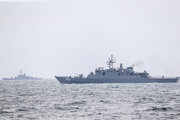
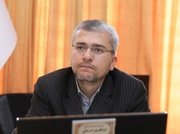
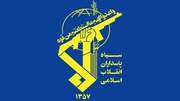





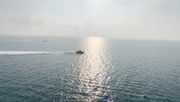
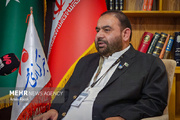

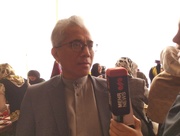
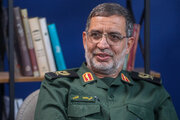



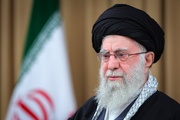

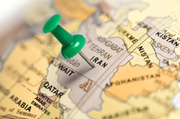


Your Comment